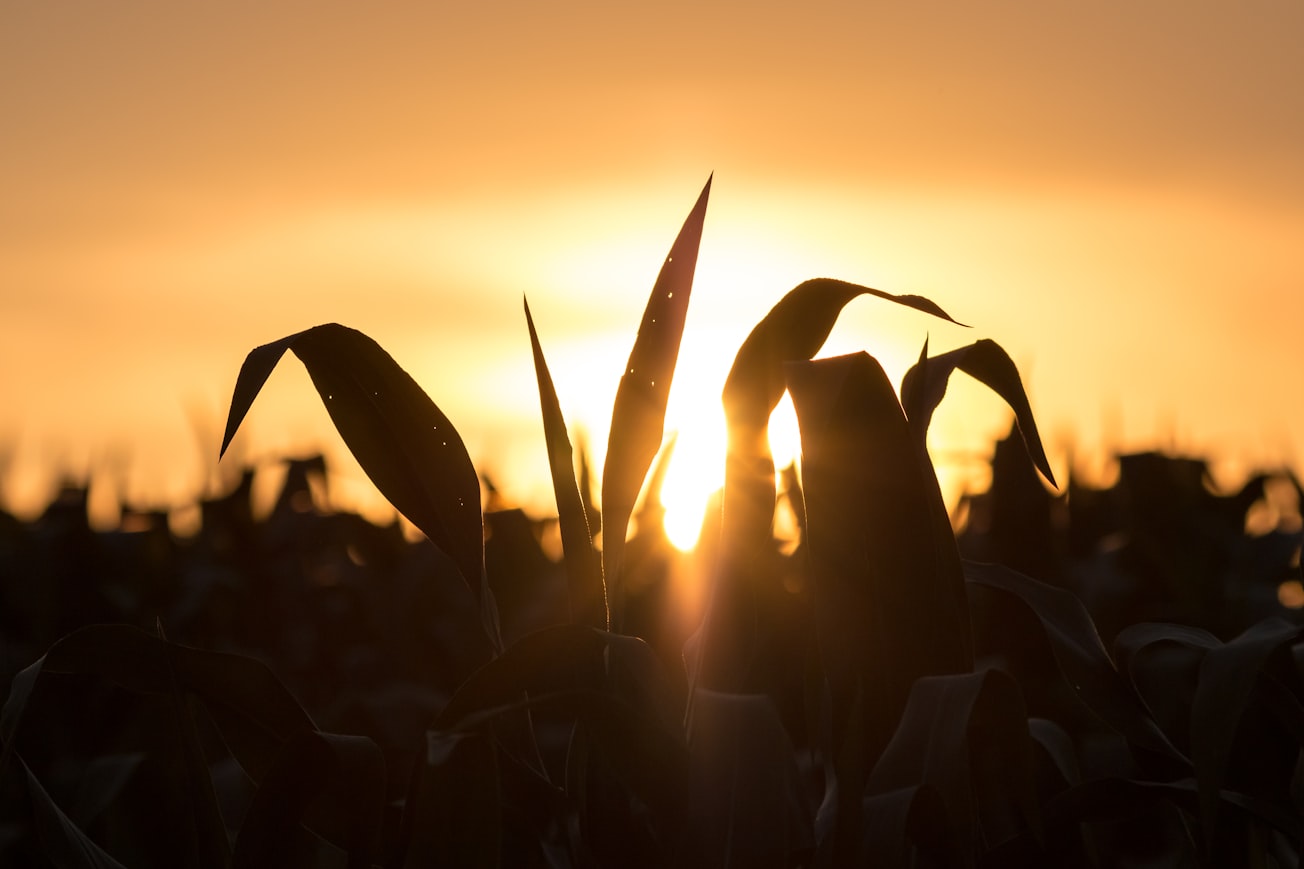What is it about?
Global warming has adversely affected agriculture worldwide. It has led to a vicious cycle where erratic temperatures and precipitation hamper the growth of crops, which in turn affects carbon dioxide and water levels in the atmosphere and soil. Now, a paper published in 2021 attempts to summarise the relationship between agriculture, climate change, and food security. The authors touch upon key aspects of how climate change affects agriculture and animals. Temperature changes have caused pests and insects to expand their existing territories, harming both crops and humans. The life cycle of crops is affected too, and it is getting increasingly difficult to farm specific crops in areas that were earlier endemic to them, due to changed climate distribution patterns. Not just this, the burden of increasing populations world-wide has led to more than a tenth of the world being unable to meet their dietary needs.
Featured Image

Photo by Quaritsch Photography on Unsplash
Why is it important?
Agriculture and animal husbandry together fulfil a major chunk of our nutritional needs, especially in communities with agrarian economies. Under-standing the interdependency between these industries and climate change is the key to building resilient agricultural practices ̶ like conservation agriculture, mitigation of greenhouse emissions, and soil management strategies—which would not only increase food security, but also improve environmental quality. This paper focuses on these practices and explains how they can help save agricultural communities. KEY TAKEAWAY Studying the link between agriculture and climate change will help build sustainable agrarian practices, strengthen global food security, and mitigate global warming.
Read the Original
This page is a summary of: Feeding the World in a Time of Climate Change, Chemistry International, January 2021, De Gruyter,
DOI: 10.1515/ci-2021-0104.
You can read the full text:
Resources
Contributors
The following have contributed to this page







